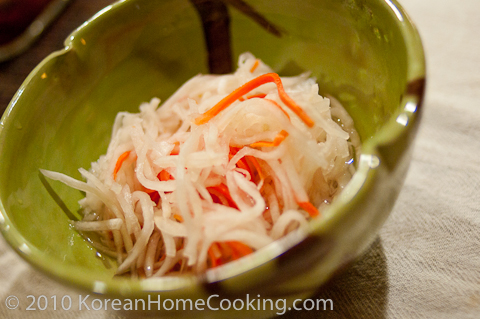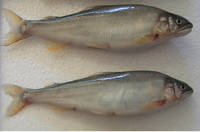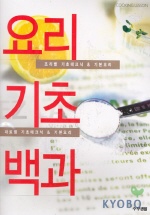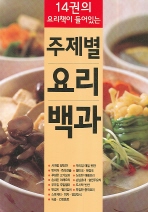Buta Kimchi is a Korean-Japanese dish that originates from Jeyuk Bokkeum or 제육볶음 in Korean. Jeyuk means 'pork'. Some bloggers have used 'stirfry' as a translation for 'bokkeum', but I don't like using 'stirfry' as it refers to the traditional Chinese cooking technique of "cutting [food] into small pieces and stirring constantly in a lightly oiled wok or frying pan over high heat (Webster's Dictionary)." Jeyuk Bokkeum does not require constant stirring, but constant attention, so I prefer to use 'saute' as a translation for bokkeum. Jeyuk Bokkeum is also known as Dwaeji Bulgogi (돼지 불고기, 'fire pork' or barbecued pork). "Thinly sliced pork is marinated in a spicy chili pepper paste (gochujang) based sauce typically with lots of fresh garlic and ginger (Eating and Living)."
Sauteed Pork or Jeyuk Bokkeum (제육볶음) via Eating and Living
The red pepper paste not only adds spice, but masks the gamy smell (비린내) of pork. Korean food is really good about masking the 비린내 of meats. You will notice this in Jeyuk Bokkeum as well as other meats like crab and beef, etc.



























